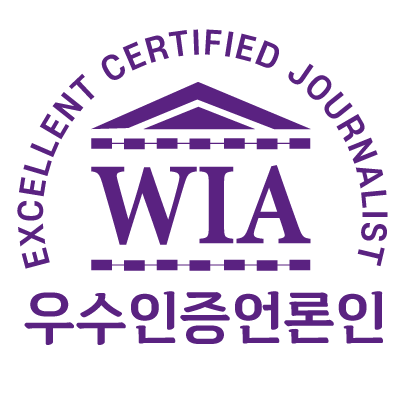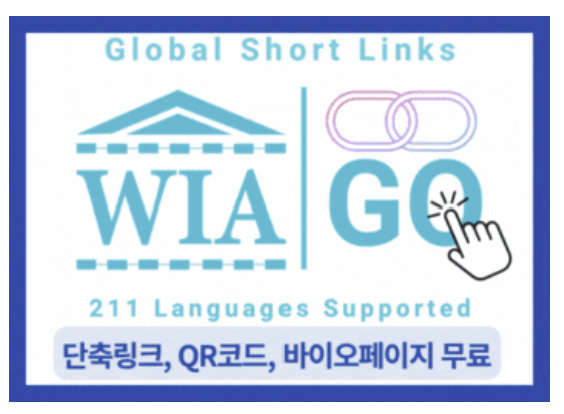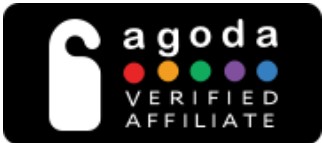Located in southwestern Seoul, Guro-gu has long played a central role in South Korea’s industrial and economic development. In the early 1960s, this area was mostly farmland and undeveloped hills. However, as urbanization and industrialization accelerated, it became the site of Korea’s first export industrial complex under the 1964 Export Industrial Complex Development Act.
During the 1970s and 1980s, the Guro Industrial Complex thrived as a manufacturing hub for textiles, synthetic resins, electronics, optics, and wigs, contributing significantly to Korea’s economic growth. At its peak in 1977, the area’s exports exceeded $100 million, making up over 10% of Korea’s total exports by the mid-1980s. The bridge connecting the 1st and 3rd industrial districts was even nicknamed the “Bridge of Exports” to symbolize its importance.
 ▲ [코리안투데이] 사진 구로구 로고 ©박수진 기자 |
However, by the early 1990s, Korea’s industrial landscape shifted, and labor-intensive industries began relocating to other regions and overseas. The once-flourishing factories in Guro gradually declined. Then, in 1997, a major turning point came when the government announced the “Guro Industrial Complex High-Tech Development Plan,” aiming to transform the area into a hub for research, IT, and venture companies.
A decade later, the Guro Industrial Complex was no more. The area had been completely transformed into what is now known as the Seoul Digital Industrial Complex (SDIC), a center for high-tech industries and venture startups. Gone were the smokestacks and factory workers in uniforms—in their place stood sleek high-rise office buildings filled with young professionals in suits, equipped with MP3 players and mobile phones. To further cement its new identity, the subway station’s name was changed from “Guro Industrial Complex Station” to “Guro Digital Complex Station”, and roads were renamed to reflect the district’s technological renaissance.
Today, the Seoul Digital Industrial Complex is often called Korea’s Silicon Valley, home to over 7,000 cutting-edge tech companies. Every morning, the streets of Guro Digital Complex Station are flooded with a new generation of digital professionals, proving that Guro-gu has successfully reinvented itself from an industrial powerhouse into a hub of innovation.
 [코리안투데이] 사진 구로구 지도 © 박수진 기자 |
2. Guro-gu: From a Home for the Underprivileged to a Multicultural Society
The transformation of Guro-gu is not just about industries and technology—it is also a story of people.
From the 1960s to the early 1980s, the Guro Industrial Complex was filled with young factory workers, often referred to as “Gongsuni” (factory girls) and “Gongdori” (factory boys). They worked long hours in dust-filled factories, struggling to earn a living. The nearby Garibong-dong neighborhood became their home, filled with tiny, overcrowded “jjokbang” (small single-room housing), also known as “chicken coop” houses due to their cramped conditions.
During the industrial boom, thousands of workers from all over Korea flocked to Garibong-dong, seeking opportunities to support themselves and their families. As demand for cheap housing skyrocketed, slum-like boarding houses spread throughout the area. However, when the factories began relocating in the 1990s, the original labor force left, and Garibong-dong underwent yet another transformation.
 ▲ [코리안투데이] 사진 구로구 G벨리 ©박수진 기자 |
Following South Korea’s diplomatic ties with China in 1992, a new wave of ethnic Korean-Chinese immigrants (Joseonjok) began settling in the area. With its affordable housing and convenient transportation, Garibong-dong soon became one of Seoul’s largest multicultural neighborhoods. Today, Garibong-dong is filled with Chinese restaurants, markets, and businesses catering to the Joseonjok community, offering a glimpse into the diverse cultural landscape of modern Korea.
The Garibong Market is now a bustling center of Chinese-Korean culture, where you can hear a mix of Korean and Mandarin being spoken on the streets. Every weekend, the area sees an influx of Joseonjok visitors from across Korea, further enriching its vibrant, multicultural identity.
<저작권자 ⓒ 코리안투데이(The Korean Today) 무단전재 및 재배포 금지>







